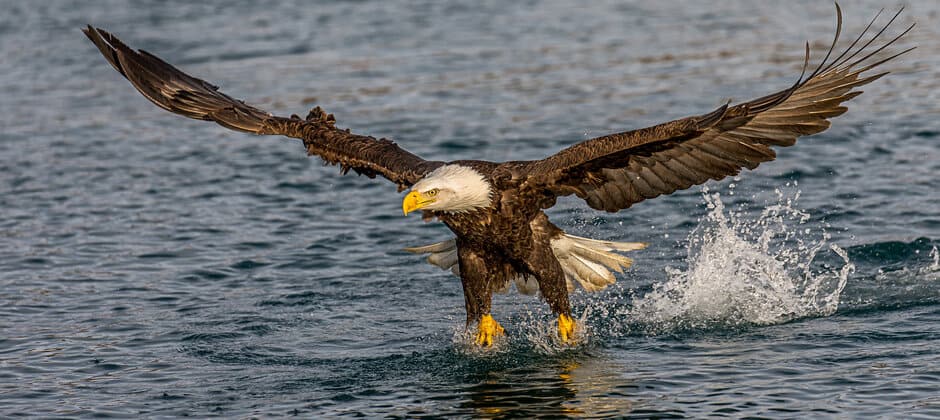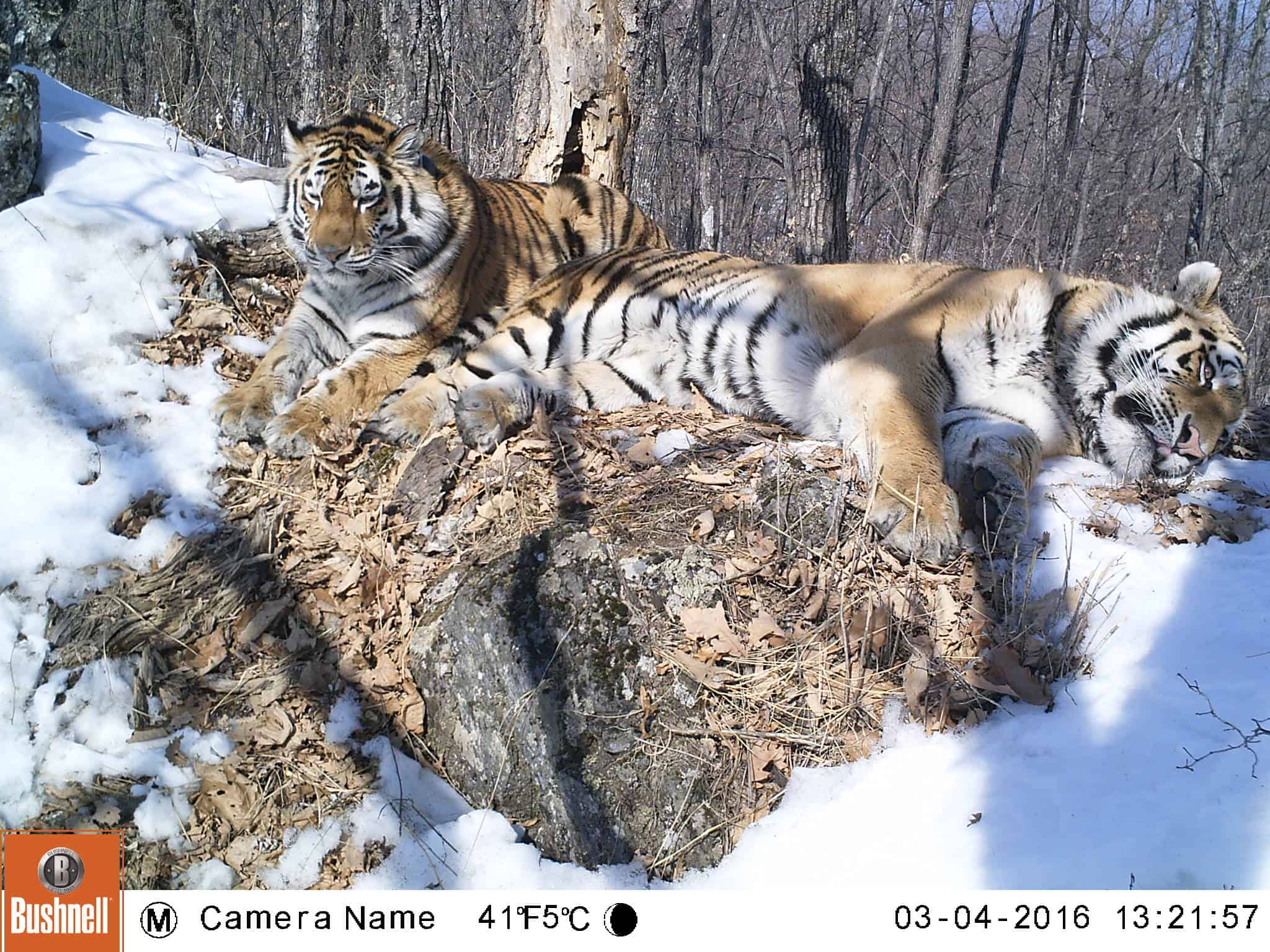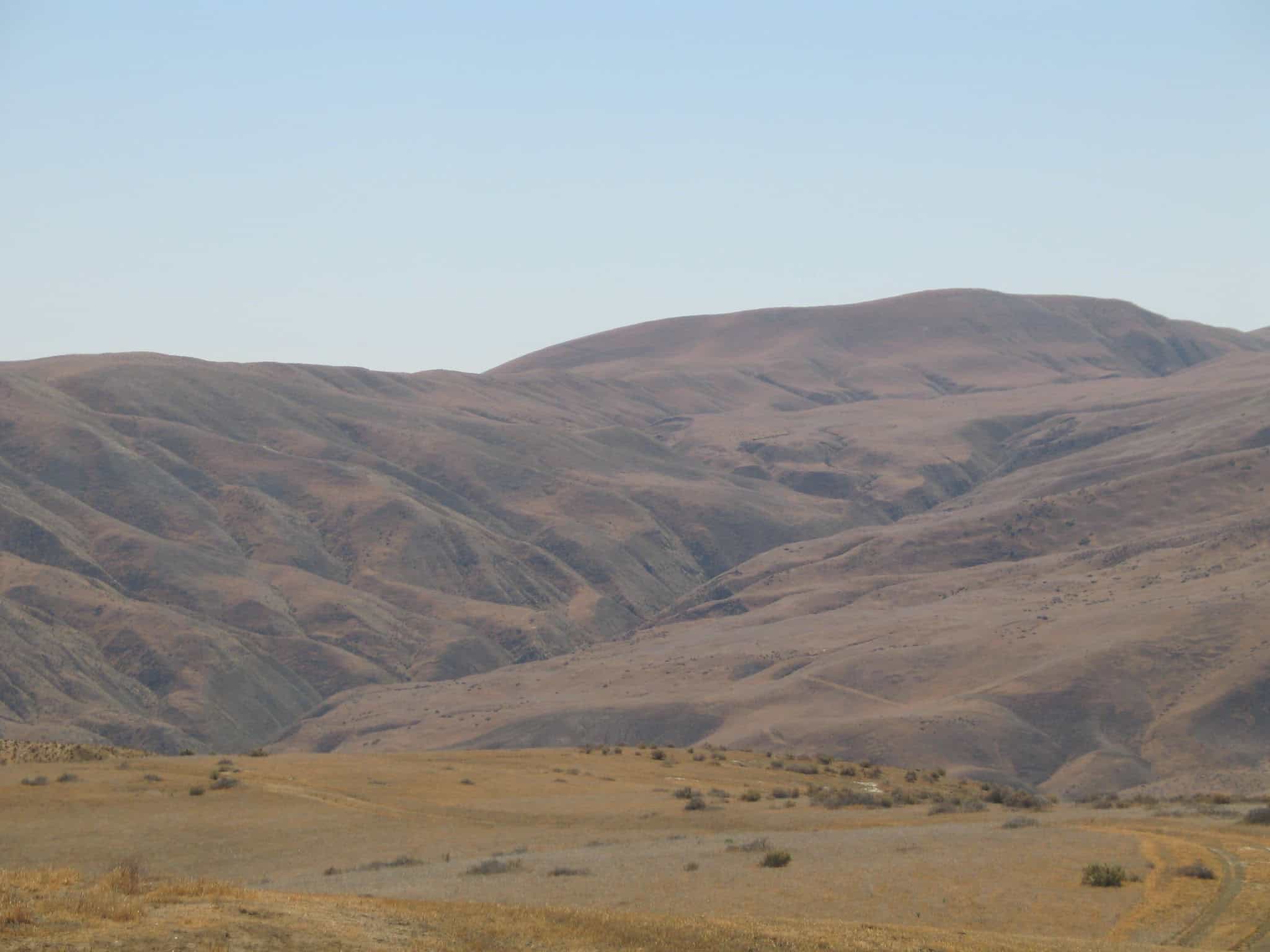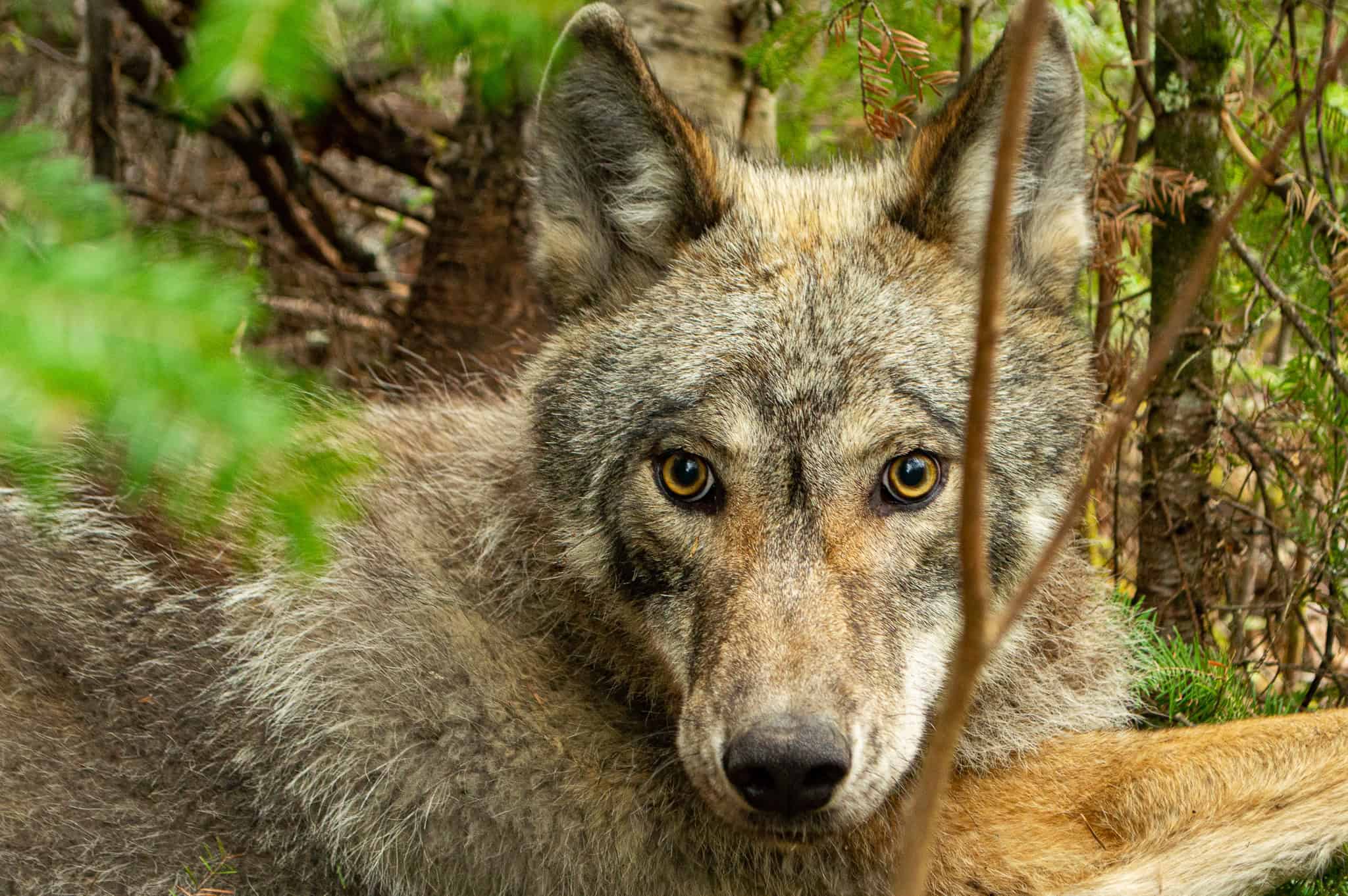Share this article
TWS releases new and improved policy toolkit
The Wildlife Society’s Conservation Affairs Network has an updated resource to help its members advocate for policies that support the work of the wildlife profession.
TWS’ Government Affairs Program released a revised edition of its Conservation Affairs Network Policy Toolkit on June 1.
The improved toolkit features new content that expands upon Canadian wildlife policy engagement; describes more ways to take action in wildlife conservation policy; and provides additional resources for TWS chapters and sections looking to start a Conservation Affairs Committee.
“The CAN Policy Toolkit supports the idea that anyone—not just those who engage with policy processes as part of their job—can take action to support wildlife conservation policy,” said Kelly O’Connor, TWS’ Conservation Affairs Network Fellow. “The second edition of the toolkit offers expanded resources and guidance for members with all levels of experience and interest in wildlife policy engagement. Whether you are experienced in or new to advocacy, the toolkit can help you best utilize your, or your CAN unit members’, wildlife expertise in the policy sphere.”
With the release of the second edition of the toolkit, TWS hopes to build on the collective experiences of the CAN, unit-led Conservation Affairs Committees (CACs), individual members and TWS’ Government Affairs Program to strengthen the voices of wildlife professionals across all levels of policy engagement.
The Wildlife Society released its first policy toolkit in 2014 alongside its creation of the Conservation Affairs Network (CAN). The toolkit served as a foundational resource for all TWS members looking to become more involved in the policy arena. It offered broad information on policy processes, an overview of TWS’ policy resources, ways to engage locally with the CAN, and suggestions on how members could leverage their expertise as a wildlife professional in decision-making processes.
During the eight years since the launch of the CAN and policy toolkit, communication and collaboration around policy engagement has increased greatly between TWS headquarters and its units.
Notable new content in the revised toolkit include new content explaining the Canadian federal legislative and budgeting processes and ways to get involved at different stages of these processes.
The new edition also includes resources for units looking to start a CAC or policy-focused group, including information on identifying and prioritizing policy priorities that fit within the scope of the unit’s CAC. Other resources, like scripts to use when making phone calls to decision-makers and guidance for submitting comments on agency rulemaking, can help interested units and members take action to support wildlife conservation policy.
The second edition of the policy toolkit can be downloaded at wildlife.org/policy-toolkit. For questions or feedback regarding the updated toolkit, please reach out to koconnor@wildlife.org.
Header Image: Bald eagle (Haliaeetus leucocephalus). Credit: Andy Morffew








